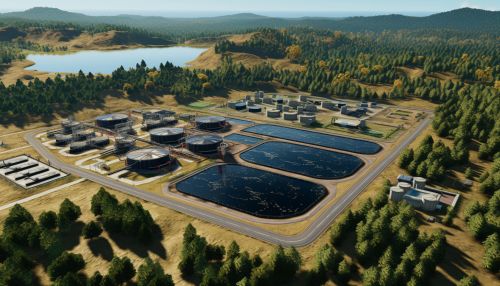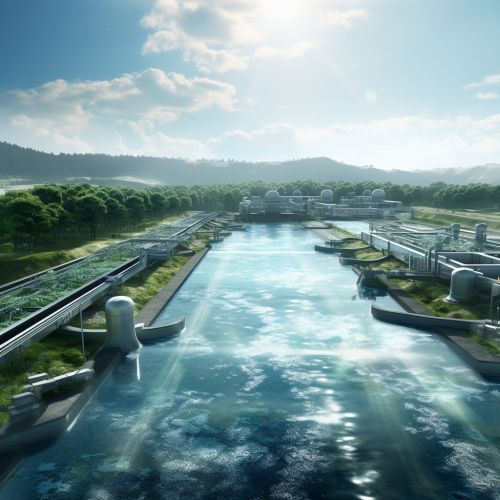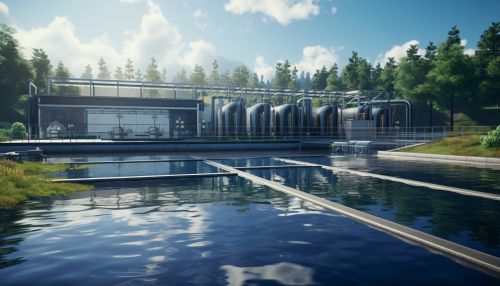Water Resource Management
Overview
Water resource management is the activity of planning, developing, distributing, and managing the optimum use of water resources. It is a sub-set of water cycle management. Water is essential for our survival. It is also essential for economic and social development. Considerable development is impossible without adequate management of water.


Importance of Water Resource Management
Water resource management is important for a variety of reasons. Water is a finite resource which means it is not endless. It is also a vulnerable resource, which means it can be depleted or polluted. Proper management of water resources can take many forms, and requires the integration of many different disciplines, including hydrology, meteorology, geography, conservation, and resource management.
The Water Cycle and Water Resource Management
The water cycle, also known as the hydrologic cycle, is the continuous movement of water on, above, and below the surface of the Earth. The water cycle affects the availability and quantity of water resources. Water resource management aims to control and regulate the water cycle processes for the benefit of people and the environment.


Water Resource Management Techniques
There are several techniques used in water resource management. These include:
- Water conservation: This involves reducing the amount of water used and recycling waste water for various purposes such as cleaning, manufacturing, and agricultural irrigation.
- Water harvesting: This is the collection of rainwater from roofs or other suitable catchments. The water is usually stored in a tank or directed to recharge groundwater.
- Desalination: This is the process of removing salt and other minerals from seawater to make it suitable for human consumption and irrigation.
- Water management in agriculture: This involves the application of water according to crop requirements throughout the crop cycle.


Challenges in Water Resource Management
There are several challenges in water resource management. These include:
- Water scarcity: This is the lack of sufficient available water resources to meet the demands of water usage within a region.
- Water pollution: This is the contamination of water bodies, usually as a result of human activities.
- Climate change: Changes in climate patterns can cause changes in water availability and demand.
- Population growth: As the population grows, the demand for water increases.


Future of Water Resource Management
The future of water resource management lies in the integration of traditional and innovative solutions. These include the use of advanced technology, such as remote sensing, computer modeling, and the use of artificial intelligence in water management. In addition, there is a growing recognition of the importance of community involvement in water management decisions.


